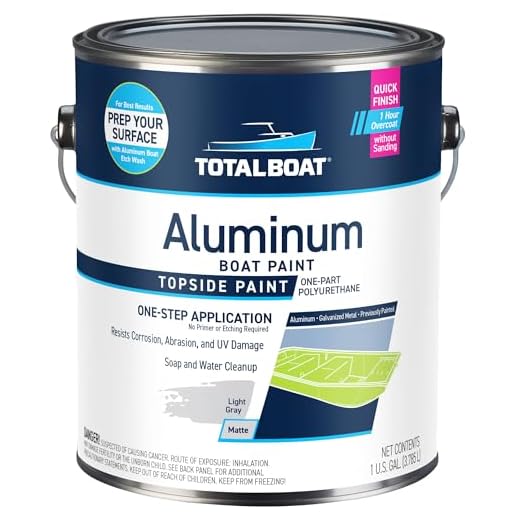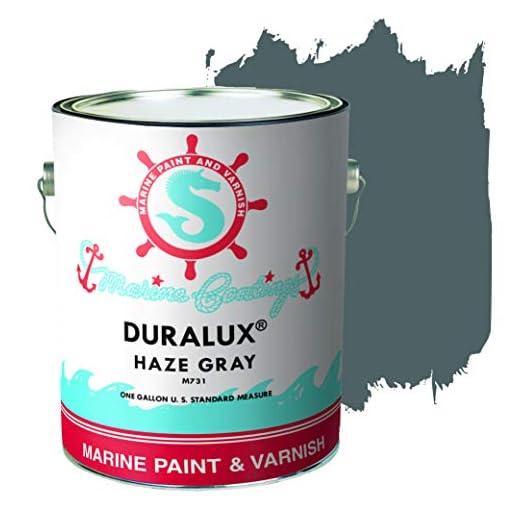Pontoon Boat Maintenance
Pontoon boats are a popular choice for recreational boaters, offering a spacious deck and ample seating for family and friends. However, as with any watercraft, regular maintenance is essential to keeping your vessel in top condition. One area that requires attention is your boat’s fencing, which not only serves an aesthetic purpose but also acts as a protective barrier.
The paint on your pontoon fencing not only enhances its appearance, but it also shields it from the harsh elements of sun, water, and salt. Giving it extra care and attention will ensure that it not only lasts longer but also retains its shine and vibrance. In this article, we will provide you with the tips and tricks to keep your boat looking new, with a particular focus on painting your pontoon fencing.
Pre-Painting Preparation Steps
Before applying paint to your pontoon fencing, it’s important to take the necessary steps to prepare the surface for optimal results. Here are the steps you need to follow:
Choosing the Right Environment for Painting
First and foremost, you need to select the right environment for painting your pontoon fencing. Ideally, you should choose a location that is cool, dry, and free of dust or debris. Avoid painting your boat on windy days as this can cause dust and other particles to settle on the wet paint, causing imperfections and a subpar finish.
Materials and Tools Needed for Pontoon Fencing Paint Jobs
Before you start painting, you need to gather the essential materials and tools. You’ll need sandpaper (medium-grit and fine-grit), a power sander, a pressure washer, masking tape, plastic sheeting, a primer, a paintbrush, a paint roller, a paint tray, and, of course, marine-grade paint designed for use on metal.
TotalBoat-520631 Aluminum Boat Paint for Canoes, Bass Boats, Dinghies, Duck Boats, Jon Boats and Pontoons (Light Gray, Gallon), 1 Gallon (Pack of 1)
Selecting the Best Paint for Pontoon Fencing
The type of paint you choose for your pontoon fencing can impact the final appearance as well as the longevity of the finish. Marine paint is highly recommended for boats due to its durability and resistance to harsh environmental conditions. It is specially formulated to withstand water, salt, and sun exposure. Regular paint is not designed to handle these conditions and typically results in peeling, fading, or cracking over time.
When selecting the right type of paint for your boat, consider the climate in which it will be used. For example, boats that are frequently used in saltwater require specialized paint that can resist corrosion. A professional paint expert can help you choose the right type of marine paint that is suitable for your specific needs.
In addition to the type of paint, you should also consider the use of primers and sealers. These products help to improve the adhesion and durability of the paint, providing a smooth and long-lasting finish. They also help to prevent the paint from chipping or peeling, even in harsh environments. Apply a primer to clean, dry, sanded surfaces before painting.
When choosing paint colors, it is advisable to opt for lighter shades as they reflect light and heat, providing a cooler surface for your boat. Darker colors absorb heat and may cause the boat to become uncomfortably hot during sunny days. Regardless of the color you choose, ensure it is compatible with the type of paint and primer you are using to ensure the results are satisfactory.
Painting Techniques for a Professional Finish
When it comes to painting your pontoon fencing, there are several techniques you can use to achieve a professional-looking finish. The key to success is choosing the right application method, using best practices for applying the paint evenly, and avoiding common mistakes like drips, streaks, and bubbles.
Brush, Roll, or Spray: Determining the Best Application Method
There are three main methods for applying paint to your pontoon fencing: brush, roll, or spray. The best method for you will depend on your personal preferences, the specific paint you’ve chosen, and the size and shape of your fencing.
Brushing is typically the most time-consuming method, but it allows for precise application and can help you achieve a smooth finish. Rolling is a faster method that works well for larger areas, but it can be more difficult to control the paint application. Spraying is the fastest method and can create a consistent finish, but it can be messy and require special equipment.
Best Practices for Applying Paint Evenly
Regardless of the application method you choose, there are certain best practices that can help you achieve an even, professional-looking finish. One of the most important is to work in sections, applying the paint in thin coats and using a brush or roller to distribute it evenly.
You should also pay attention to the direction of your strokes, as applying the paint in a consistent direction can help create a smoother finish. Finally, be sure to use plenty of paint to avoid leaving thin spots or allowing the paint to dry too quickly.
Tips for Avoiding Drips, Streaks, and Bubbles
One of the most common mistakes that amateurs make when painting pontoon fencing is leaving drips, streaks, or bubbles in the finish. Fortunately, there are several tips and tricks you can use to avoid these issues and achieve a flawless finish.
Some of the best tips include using a high-quality paint and applying it at the right temperature, eliminating dust and debris from your work area, and using a good-quality brush or roller. You can also avoid drips and streaks by working in small sections and allowing the paint to dry thoroughly between coats.
Layering Your Paint: How Many Coats You Really Need
Finally, it’s important to consider how many coats of paint you’ll need to achieve the desired finish. Although some manufacturers recommend one coat, most experts agree that two or even three coats are usually necessary for a long-lasting and professional-looking finish.
When applying multiple coats, be sure to follow all of the same practices to ensure even application and avoid drips, streaks, or bubbles. With the right techniques and a little patience, you can achieve a beautiful and enduring finish on your pontoon fencing.
| Topic | Key Points |
|---|---|
| Application Method | Brush, roll, or spray |
| Best Practices |
|
| Avoiding Mistakes |
|
| Number of Coats | Two or three coats are recommended |
Post-Painting Care and Maintenance
After the painting process is complete on your pontoon fencing, it is essential to take proper care and maintenance to preserve the paint finish for the long-term. In this section, we will discuss the essential steps and techniques you need to follow to maintain your freshly painted pontoon fence.
Proper Drying Times and Conditions
Firstly, after painting, you need to ensure that the paint is entirely dry before exposing it to the environment. The drying time significantly depends on the type of paint you used, the number of coats, and the environmental conditions. To ensure that the paint is dry, you can touch a small spot to check if the paint feels sticky or soft. If you feel any stickiness or softness, it signals that the paint is not dry yet. Moreover, you should not expose the freshly painted fence to direct sunlight, rain, or extreme heat for at least two days, as it can potentially damage the fresh paint.
Regular Cleaning Habits to Preserve Paint Finish
Maintaining a cleaning habit is crucial for keeping the paint finish looking new and fresh for an extended period. You should ideally clean your pontoon fencing twice a month, or more often if it gets dirty frequently. You can use mild soap with water and a soft brush to clean the fence. Avoid using harsh chemicals or abrasive materials that can damage the paint finish. Furthermore, remove any bird droppings, tree sap, or other contaminants immediately to prevent them from staining or causing damage to the paint.
Identifying and Touching Up Trouble Spots
Regularly inspect your pontoon fencing to identify any chipped, scratched, or scuffed areas that require touch-ups. You can use a fine-grit sandpaper to smoothen out the rough surfaces and then apply another coat of paint on top of the damaged area. However, ensure that the touch-up paint matches the existing color and finish.
Long-Term Maintenance: When to Repaint Your Pontoon Fencing
After several years of use, your pontoon fencing may require a complete repaint. You should consider repainting if you see signs of significant wear and tear, such as faded or chipped paint, rust, or cracking. Repainting your fence not only improves the aesthetic appeal of your boat but also helps to protect the metal from corrosion and damage.
Frequently Asked Questions
Q: How often should I repaint my pontoon fencing?
A: Ideally, you should repaint your fence every 3 to 5 years or when you notice significant wear and tear.
Q: Can I use regular paint for painting my pontoon fence?
A: No, it is recommended to use marine-grade paints that are specifically designed for boats. Regular paint may not withstand the harsh marine environment and can quickly fade or corrode.
Q: How should I prepare my pontoon fence before painting?
A: Preparing your fence is crucial for ensuring proper adhesion of the paint. You should clean and sand the fence thoroughly, remove any rust or chipped paint, and protect adjacent surfaces with masking tape.













